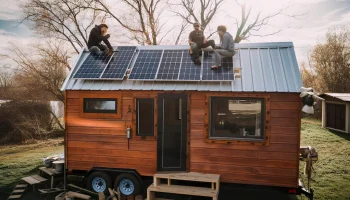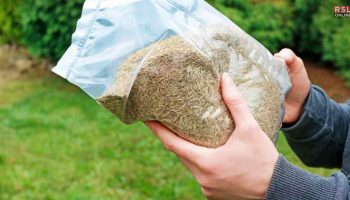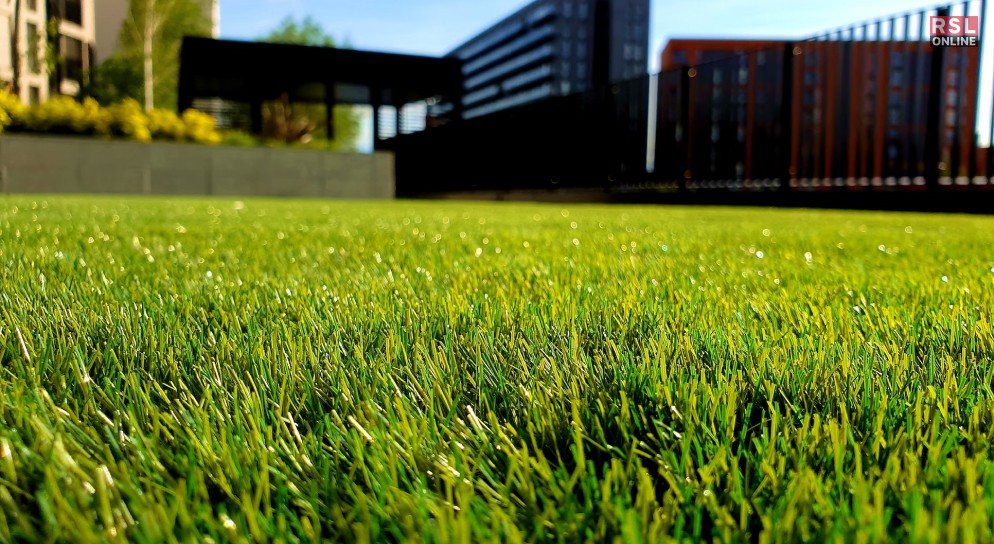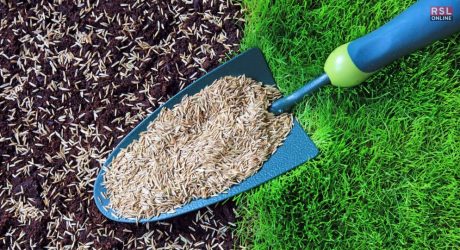Picture this: you’ve decided to transform your barren backyard into a lush, green paradise. You’ve carefully selected the perfect grass seed, prepped the soil, and sown it with enthusiasm. But now comes the waiting game. How long does it take for grass seed to grow?
In this blog, I am going to explore the fascinating journey of grass seed from sowing to mowing. I will break down the factors affecting growth and offer some tips to speed up the process. So, if that is what you are searching for, you have reached the right place!
Grab your gardening gloves and let’s get started…
Deciding Factors: How Long Does It Take For Grass Seed To Grow?
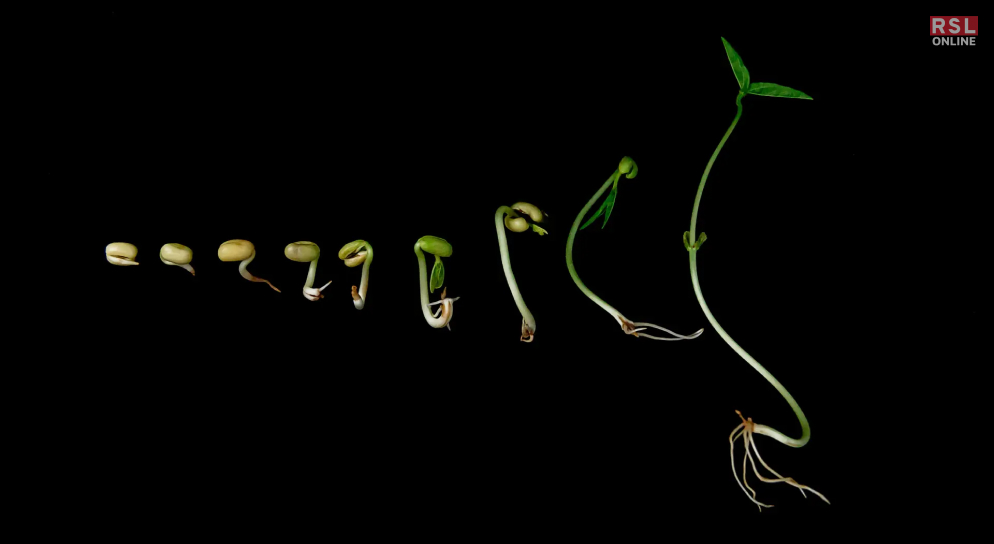
If you are a beginner in this game called “Gardening” and want to transform your garden or backyard into a green heaven, there are a few things that you need to keep in mind. And these are specifically the factors that play a huge role in speeding up the process of growing grass seeds.
Here are some of the key factors that you need to keep in mind:
The Germination Game: This Is Where It Starts!
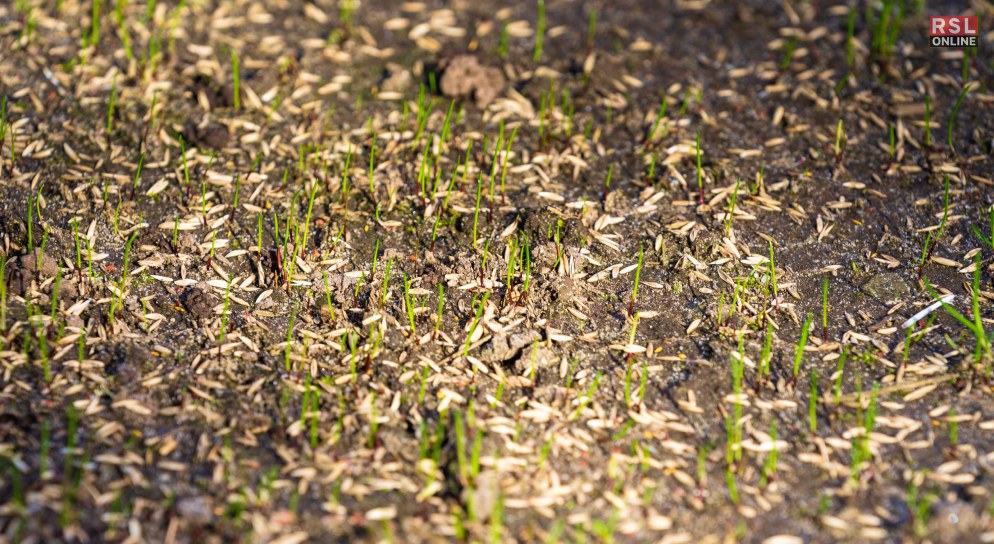
Germination is where the grass-growing adventure truly begins. It’s that exciting moment when a tiny seed starts to sprout and reach for the sun. But, as you might guess, the waiting game starts here. How long does it take for this magical transformation to happen?
Well, the answer depends on a few key factors. First off, the type of grass you’re growing plays a big role. Some grasses are like sprinters, bursting forth in as little as 5 days, while others are more like marathon runners, taking up to 30 days to make their debut.
Let’s talk grass types. If you’ve chosen a speedy variety like ryegrass, you could see those little green shoots in as little as 5 to 10 days. But if you’ve opted for Kentucky bluegrass, you’ll need to have a bit more patience, as it can take up to a month for those first sprouts to show.
But it’s not all about the grass type; it’s about the environment too. Soil conditions, for instance, can significantly affect germination speed. Grass seeds prefer a cozy, well-drained soil bed. So, if your soil is compacted or not-so-fluffy, it might slow down the germination process. That’s where some soil prep work comes in handy. Loosen things up, add a bit of organic matter, and create a comfy bed for your seeds to call home.
Oh, and don’t forget about the temperature. Grass seed likes it just right – not too hot, not too cold. So, if you’re sowing in the heat of summer or the chill of winter, be prepared to wait a bit longer. Spring and fall tend to be the Goldilocks seasons for grass seed germination.
The Role Of Soil In Growing Grass
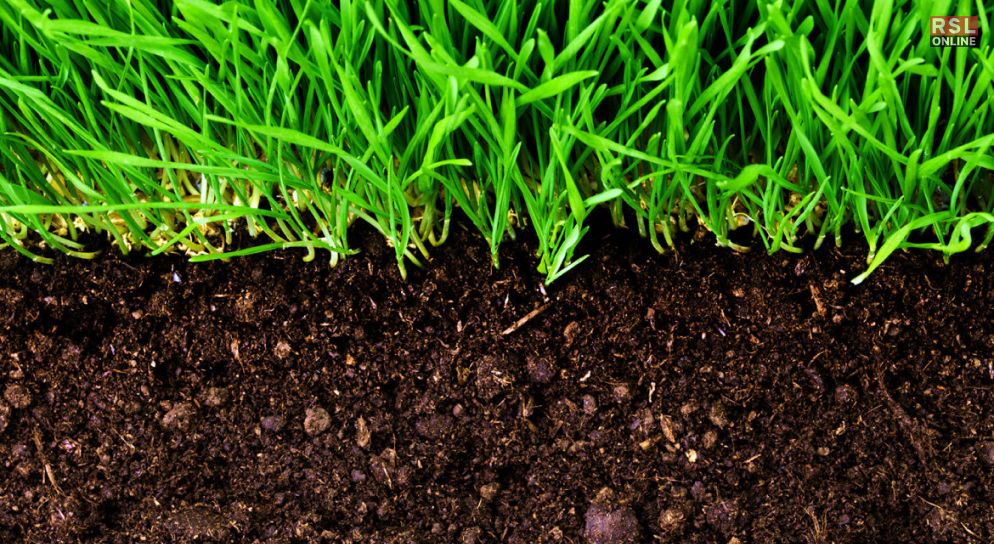
Alright, let’s dig a little deeper into the dirt – literally. When it comes to growing a beautiful lawn from grass seed, your soil is like the stage where all the magic happens. In this part of the blog, I will unveil the crucial role that soil plays in the growth of your green paradise.
First things first, your soil needs to be a comfy bed for those tiny grass seeds. Think of it like preparing a cozy cradle for a newborn. Grass seed needs a fertile, well-drained soil bed to get a strong start in life.
Now, here’s the deal: if your soil is too compacted, it’s like putting the seeds in a straightjacket. They struggle to push through the hard ground. That’s why loosening the soil before sowing is a smart move. You can use a garden fork or a tiller to break up compacted soil and create a welcoming environment for your seeds.
But that’s not all! Grass seed also appreciates a little nutrition. Adding organic matter like compost or peat moss to your soil helps it become a nutrient-rich playground for your grass to thrive. This boost of goodness encourages those tiny green sprouts to grow faster and stronger.
Now, about soil pH – don’t worry, you don’t need a chemistry degree for this. Most grass species prefer slightly acidic to neutral pH levels. You can easily check your soil’s pH using a test kit available at garden centers. If it’s not in the right range, you can adjust it by adding lime to raise pH or sulfur to lower it.
Water, Water, Everywhere: Here Comes Hydration!
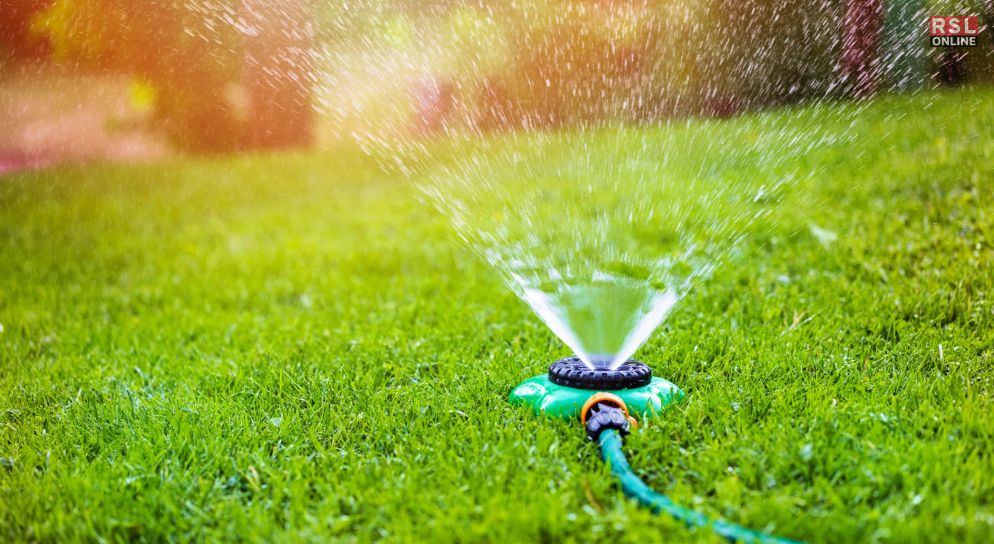
Imagine you’re thirsty on a hot summer day; a refreshing drink of water is all you crave. Well, guess what? Your grass seed feels the same way, but instead of a water cooler, it relies on the moisture in the soil. In this section, I will dive into the importance of water in the quest for a beautiful, green lawn, and how to quench your grass seed’s thirst just right.
Hydration Is Key
Proper watering is a cornerstone of successful grass seed growth. It kickstarts the germination process and sustains your baby grass as it inches toward maturity. But remember, balance is the name of the game. Too much water can drown your seeds, while too little will leave them parched and lifeless.
When To Water
Timing is crucial. The best time to water your grass seed is in the morning or early evening. This allows the soil to absorb moisture before the scorching midday sun or the chilly night sets in. Watering in the afternoon might seem like a good idea, but it can lead to water loss through evaporation.
How Much To Water
The right amount of water varies depending on factors like soil type, grass type, and weather conditions. A general rule of thumb is to keep the soil consistently moist but not soggy. A lightweight sprinkling won’t cut it – you need to penetrate the soil to reach the root zone. Use a rain gauge or even an empty tuna can to measure how much water your lawn is getting. You’re aiming for about 1 inch of water per week.
Deep Vs. Frequent Watering
Instead of frequent shallow watering, it’s better to water deeply and less often. Deep watering encourages your grass to develop deep, strong roots, making it more resilient in times of drought. Think of it as teaching your grass to be self-sufficient.
Adapt To The Weather
Mother Nature can be fickle, so adjust your watering schedule accordingly. During rainy spells, you might need to scale back. Conversely, in dry spells, be prepared to water more often. A well-hydrated lawn is better equipped to withstand the ups and downs of the weather rollercoaster.
Sunlight And Temperature: The Sunshine Recipe For A Thriving Lawn!
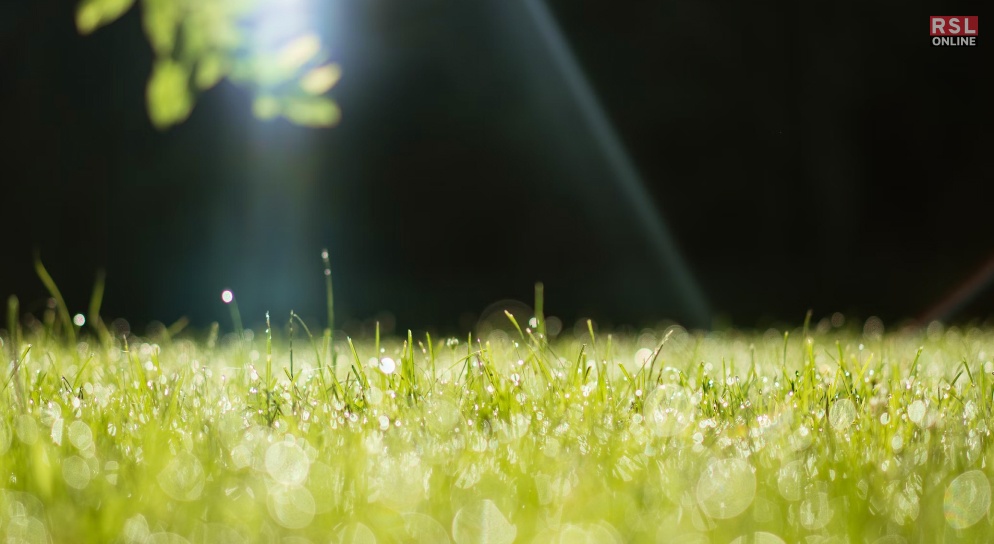
When it comes to nurturing your dream lawn, sunlight and temperature are like the dynamic duo that can make or break your green ambitions. In this chapter, I will dive into the importance of these factors in the quest for a thriving lawn while keeping things light and informative.
The Sunlight Spectrum
Think of sunlight as the fuel for your grass. It’s the secret ingredient that makes photosynthesis possible. Different grass types have varying preferences for sunlight. Some, like Bermuda grass, thrive in full sunlight, while others, such as fine fescue, can tolerate shade better.
Tip: Identify your grass type and provide the right amount of sunlight it craves. Aim for at least 6 hours of direct sunlight per day for most grasses to flourish.
Temperature Matters
Temperature isn’t just about comfort for you; it’s crucial for your grass too. Warmer temperatures, typically found in spring and summer, accelerate grass growth. During these seasons, your lawn will be in full growth mode. On the flip side, colder temperatures in fall and winter slow down growth.
Tip: Time your grass seeding or overseeding to coincide with the warmer seasons for faster results. Spring and early fall are prime times for planting.
Sunlight And Shade Challenges
If you have shaded areas in your yard, don’t fret. There are shade-tolerant grass species like fine fescue and creeping bentgrass that can thrive in these conditions. However, even shade-tolerant varieties need some sunlight to grow, so trimming overhanging branches or thinning out trees can help.
Tip: For shaded areas, consider mixing shade-tolerant grass species with a bit of sunlight to keep your lawn lush and green.
Seasonal Adjustments
As the seasons change, so do your grass’s needs. In the scorching heat of summer, your lawn may require more frequent watering to stay hydrated. Conversely, in cooler fall and winter months, you can cut back on watering as grass growth naturally slows.
Tip: Be mindful of seasonal temperature and sunlight fluctuations, adjusting your lawn care routine accordingly.
Patience And Maintenance
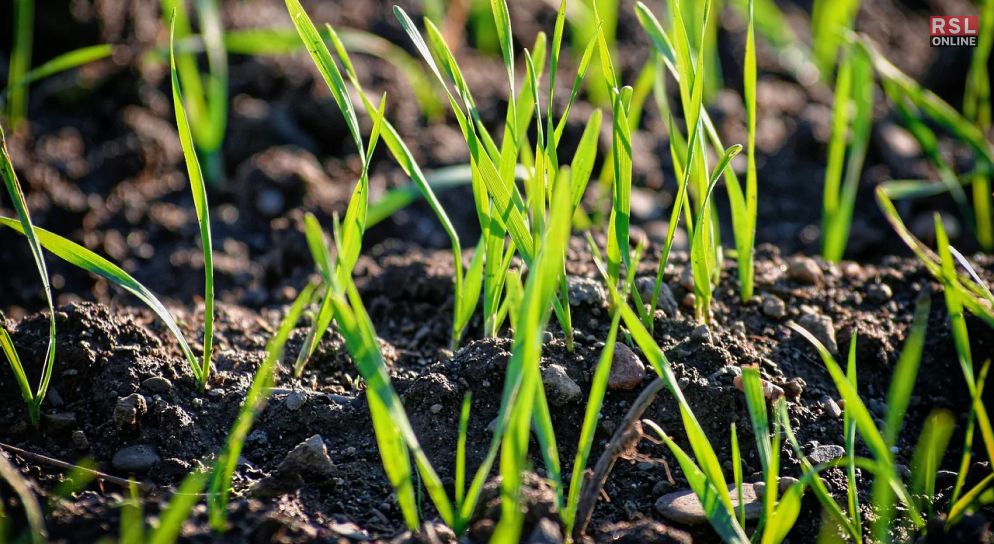
In the journey from sowing grass seed to reveling in a lush, green lawn, there comes a time that often tests our patience. While it’s tempting to anticipate rapid growth, achieving a healthy, thriving lawn requires time and ongoing care. Here are some of the things that you need to keep in mind!
The Waiting Game
First, let’s address the waiting game. Grass seedlings are like infants; they need time to grow and develop. Even under ideal conditions, it can take several weeks to months for your grass to reach its full potential. During this period, it might appear sparse, and you may wonder if you’ve done something wrong. Rest assured, this is a normal part of the grass-growing process.
Mowing Matters
Once your grass has established itself, regular mowing becomes crucial. Mowing not only maintains your lawn’s appearance but also encourages the grass to grow thicker and healthier. Be mindful not to cut more than one-third of the grass blade’s height at once, as this can stress the grass.
Feed Your Lawn
Just like any living organism, grass needs nutrients to thrive. Fertilizing your lawn provides essential nutrients that may be lacking in your soil. However, it’s essential to follow a fertilization schedule and not overdo it, as excess fertilizer can harm your grass.
Water Wisely
Watering your lawn might seem straightforward, but it’s essential to do it correctly. Deep, infrequent watering is more effective than shallow, frequent watering. This encourages your grass to develop deep root systems, making it more resilient to drought conditions.
Weed Control
Weeds are the uninvited guests in your lawn party, and they can hinder your grass’s growth. Regularly inspect your lawn for weeds and take action to remove them promptly. Weed control can help your grass receive the nutrients, water, and sunlight it needs without competition.
A Little Love Goes A Long Way
In summary, patience and maintenance are the unsung heroes of lawn care. While waiting for your grass to flourish might test your resolve, the end result is well worth it. With proper mowing, fertilizing, watering, and weed control, you’ll nurture your lawn into a green oasis. Remember, every day your lawn grows, it becomes more resilient and beautiful.
Bonus: Tips For Speedy Growth Of Your Grass Seeds!
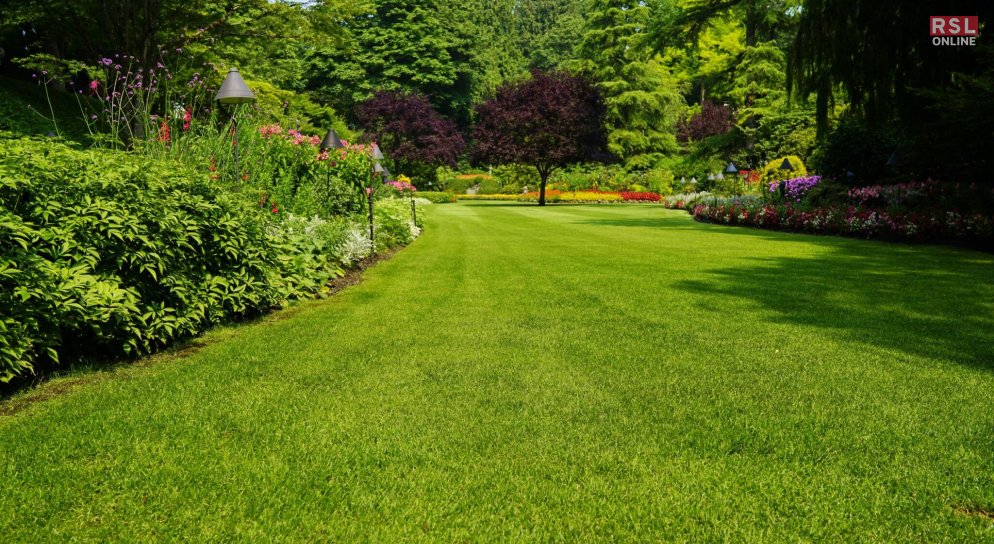
You are not the only one who wants to know how to make grass grow faster. If you’re the kind of person who doesn’t like to wait around, I have got some tricks up my gardening gloves to help speed up the grass-growing process. While Mother Nature does her thing, you can lend her a hand with these handy tips.
1. Choose Fast-Growing Grass Species
Not all grasses are created equal when it comes to growth speed. If you’re in a hurry, go for grass species like ryegrass or fine fescue, which are known for their rapid germination and growth. They’ll have your lawn looking green in no time. You may also check out some spray on grass seeds for the same!
2. Opt For High-Quality Grass Seed
Investing in top-notch grass seed pays off. Look for seeds labeled with high germination rates and minimal weed content. Quality seed can give your lawn a head start.
3. Maintain Optimal Soil Conditions
Prepare your soil like it’s the red carpet for your grass. Loosen compacted soil with aeration and enrich it with organic matter. Healthy soil provides a nurturing environment for your seeds to sprout and flourish.
4. Water Consistently And Correctly
Grass seed is like a picky houseplant; it needs just the right amount of water. Keep the soil consistently moist but not waterlogged. A gentle daily sprinkle is better than a weekly deluge.
5. Provide Adequate Sunlight
Grass is a sun-worshiper, but different species have varying sun requirements. Make sure you know your grass type and provide the sunlight it craves. Without adequate sun, your lawn will be in no rush to grow.
6. Use Fertilizers Strategically
Fertilizers can be your grass’s best friend, but too much too soon can overwhelm it. Start with a slow-release, balanced fertilizer. Follow the recommended application rates to give your grass a steady supply of nutrients without overwhelming it.
7. Keep Weeds At Bay
Weeds are like the unruly neighbors in your lawn’s neighborhood. They’ll steal nutrients and sunlight, slowing down your grass’s growth. Stay vigilant and remove any weeds that dare to sprout.
Remember, even with these tips, patience is key. Grass will grow at its own pace, but with these tricks, you’ll be well on your way to a speedier green transformation. So, kick back, enjoy the process, and watch your lawn come to life before your eyes.
Wrapping It Up!
In the world of gardening, patience truly is a virtue. How long it takes for grass seed to grow depends on various factors, many of which are beyond our control. However, armed with knowledge and a little TLC, you can encourage your grass to grow at its optimal pace. Remember that the journey from seed to a lush lawn is a rewarding one, and each day brings you closer to your green dream.
So, whether you’re a seasoned gardener or a novice, take the time to enjoy the process. In the end, you’ll not only have a beautiful lawn but also a deeper appreciation for the wonders of nature. In case you wanted to know about how long does it take for grass seed to grow, I hope that this blog has been of help to you.
If there are any other queries related to the same, feel free to let me know. All that you need to do is scroll down till you reach the bottom of the page. Then leave your comments and queries in the box below. And I will be there to answer them all for you! Till then, happy gardening!
Read Also:












